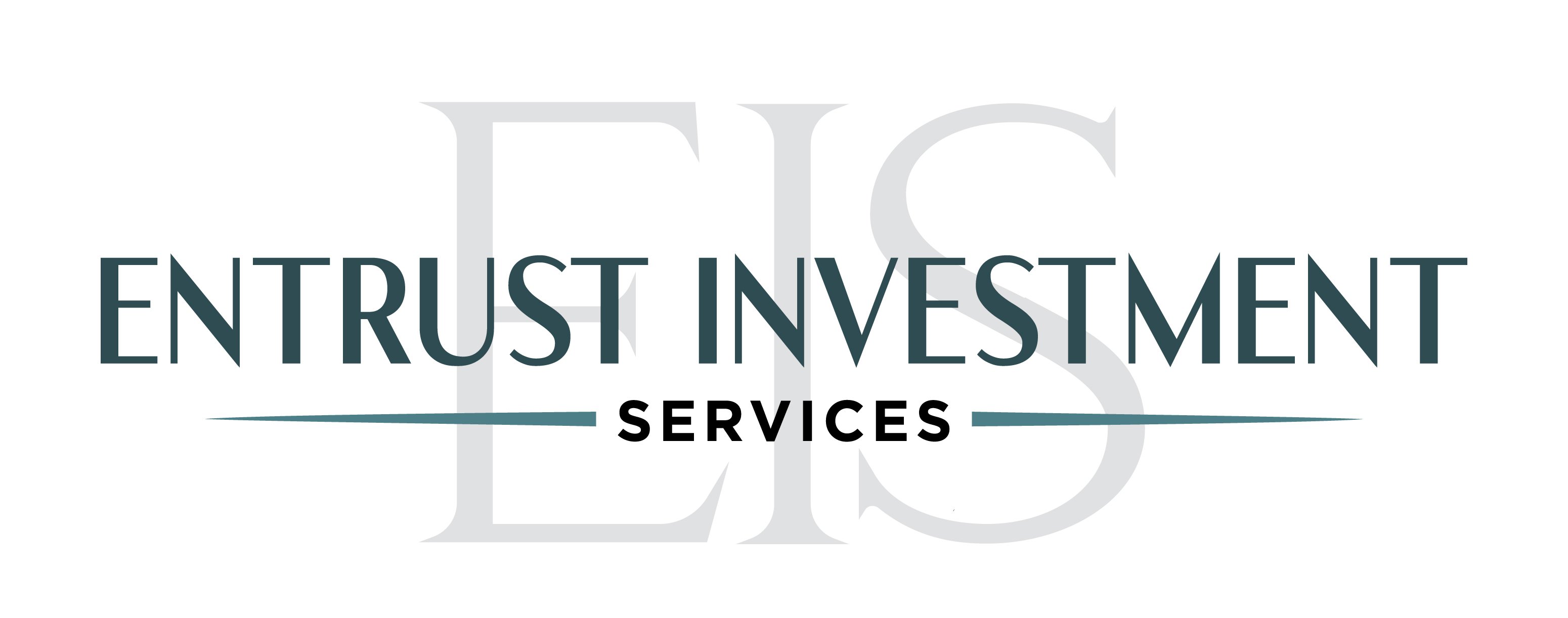Introduction:
The United States tax system incorporates the Alternative Minimum Tax (AMT), a parallel taxation system designed to ensure that high-income individuals and corporations pay a minimum amount of tax, irrespective of their deductions, credits, and other tax benefits. The AMT prevents taxpayers from exploiting various deductions and loopholes to significantly reduce their tax liability or avoid paying taxes altogether.
What is the Alternative Minimum Tax (AMT)?
The Alternative Minimum Tax operates alongside the regular income tax system. While the regular system allows taxpayers to claim deductions and credits to reduce their taxable income and tax liability, the AMT imposes an additional tax obligation on high-income individuals and those who benefit from specific tax preferences. It achieves this by adding back certain deductions, exemptions, and credits that were claimed under the regular tax system.
Calculation and Rates:
The AMT employs a separate set of rules and rates compared to the regular income tax system. It applies two tax rates, namely 26% and 28%, to different income thresholds. Taxpayers are required to calculate their tax liability under both the regular income tax system and the AMT, paying the higher of the two amounts.
Determining AMT Eligibility:
To ascertain whether a taxpayer is subject to the AMT, they must complete Form 6251 when filing their federal income tax return. This form calculates the Alternative Minimum Taxable Income (AMTI), which serves as the starting point for determining the AMT. Under the AMT, several common deductions and exemptions, such as the standard deduction, personal exemptions, and state and local taxes, are disallowed. Instead, certain tax preferences, like incentive stock options and tax-exempt interest from specific private activity bonds, are added back to the AMTI.
Controversies and Criticisms:
Over the years, the AMT has faced significant controversy and criticism. Originally intended to target the very wealthy, it has increasingly affected middle-class taxpayers due to inflation and the absence of regular adjustments to its thresholds. As a response, Congress has periodically passed legislation to raise exemption amounts and adjust income thresholds, offering relief to a broader range of taxpayers.
Staying Informed: Tax laws are subject to change, necessitating the consultation of tax professionals and the reference of the latest IRS guidelines and publications for up-to-date information regarding the Alternative Minimum Tax.
Conclusion:
The Alternative Minimum Tax (AMT) functions as a parallel tax system in the United States, ensuring that high-income individuals and corporations pay a minimum amount of tax regardless of their deductions and credits. By imposing an additional tax obligation and utilizing separate rules and rates, the AMT prevents the misuse of tax benefits and promotes fair taxation. However, the AMT has faced criticism for its unintended impact on middle-class taxpayers. Staying informed about tax laws and seeking professional advice are essential for understanding and navigating the complexities of the Alternative Minimum Tax.




